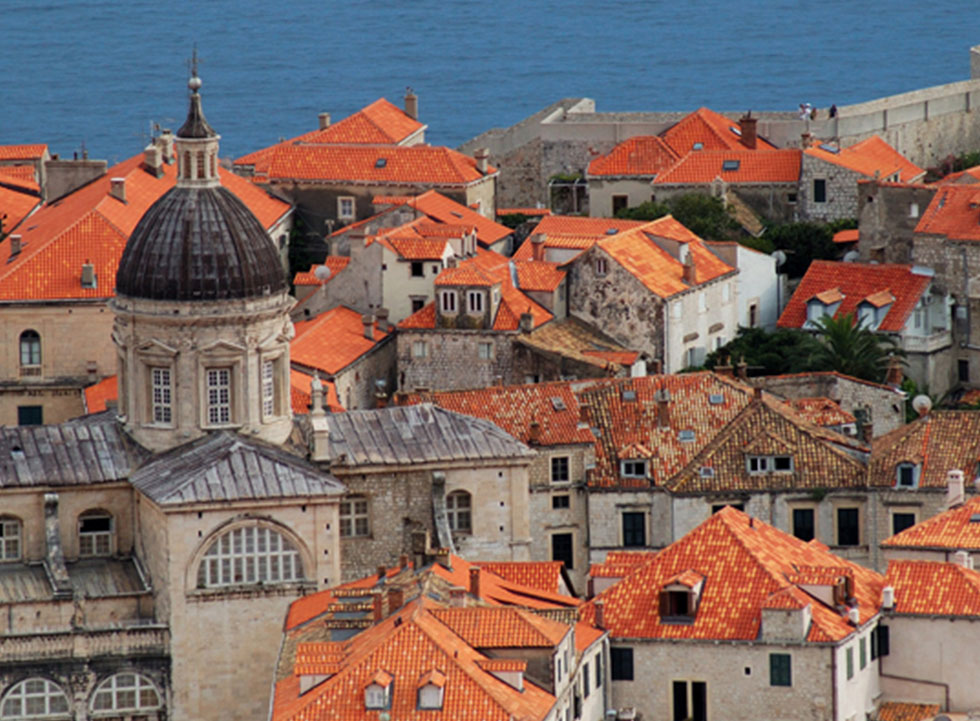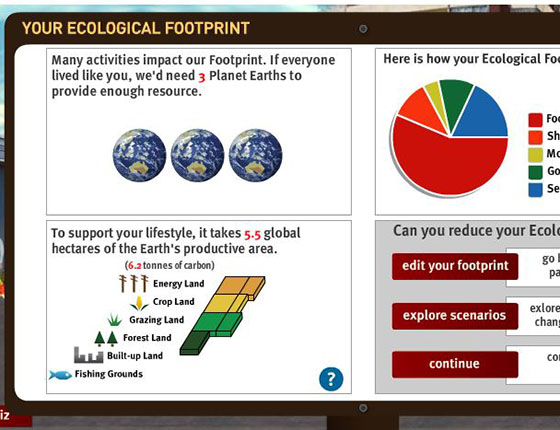In the wake of last month’s elections in Montenegro, we are confident the new government will maintain its commitment to the 3.5-year-long process of revising the country’s National Strategy for Sustainable Development (NSSD), which, through many consultations with diverse stakeholders, resulted in the “NSSD until 2030” update being adopted by the government last summer.
Global Footprint Network has been collaborating closely with the government throughout the process, starting in February 2015, when we were first engaged by Montenegro’s Ministry of Sustainable Development and Tourism to assess the country’s Ecological Footprint and biocapacity. This year, Global Footprint Network was also helped Montenegro develop a monitoring framework to guide and support progress of NSSD until 2030.
“The Ecological Footprint is an extremely useful indicator to ensure that socio-economic development succeeds without putting additional pressure on our valuable national resources, thus supporting Montenegro on its path to sustainability,” said Jelena Knezevic, Head of the Division for Sustainable Development and Integrated Management of Sea and Coastal Area, Ministry of Sustainable Development and Tourism of Montenegro.
Findings
Global Footprint Network presented the findings of Montenegro’s Ecological Footprint study to the National Council on Sustainable Development, Climate Change, and Integrated Coastal Zone Management last December. Its co-chairs were President Filip Vujanović and then-Minister of Sustainable Development and Tourism Branimir Gvozdenović.
Our study found that Montenegro is currently using 45 percent more renewable natural resources than the nation’s ecosystems can regenerate. The country’s household consumption makes up 75 percent of the national Ecological Footprint. Although Montenegro enjoys one of the lowest ecological deficits in Europe, changing lifestyle and imports—which are increasing to keep up with raising consumption levels and improved lifestyles—are causing the national ecological deficit to widen.
Global Footprint Network has also calculated that carbon emissions, which require forests to be absorbed, make up 56 percent of Montenegro’s total Ecological Footprint.
The two biggest drivers of Montenegro’s Ecological Footprint are carbon-intensive transportation and food consumption. Therefore Global Footprint Network has recommended that policies addressing fuel efficiency and the food system be prioritized as a first step towards sustainability.
Visionary Sustainability Agenda
NSSD until 2030 sets up a visionary agenda for sustainability that is centered on the Sustainable Development Goals that were adopted by the United Nations in September 2015. As such, it places Montenegro in the company of only 22 countries who have committed to conduct a national review of their planning process to enable implementing the global 2030 Agenda for Sustainable Development at the national level. Among these, only a handful so far—including Montenegro and Colombia—have actually included SDGs in their national policy.
Goals set in NSSD until 2030 include:
- Reduce greenhouse gas emissions 30 percent below 1990 levels by 2030.
- Reduce the use of natural resources 20 percent below the 2005-2012 average by 2020.
- Protect 17 percent of the country’s land area by 2020 and 10 percent of the costal area by 2021.
- Collect communal waste at a 95 percent rate by 2030, with at least 50 percent of it being recycled from 2020 on.
These goals are the outcome of a long process that involved all government ministries, research and consultation with experts, and many consultations with local representatives, NGOs, and individual members of the public.
Next steps
Earlier this year, Montenegro’ Ministry of Sustainable Development and Tourism asked Global Footprint Network for support designing the monitoring and reporting framework of NSSD until 2030, so that progress towards sustainability can be monitored in the coming years. On July 7, the revised Montenegro’s NSSD (“NSSD until 2030”) was adopted by the government of Montenegro and moved to the implementation phase.
Next steps will include designing and implementing processes at the local level that move Montenegro closer to reaching its goals. In fact, a first workshop with stakeholders from local governments is expected to take place by early next year.
The Ministry, with Global Footprint Network’s help, also will work on a possible revision of the statistical legislation system to facilitate data collection and reporting, as well as the setting up and testing of an NSSD database and information reporting system.
Finally, the Ministry will continuously monitor the global SDGs process, keeping track of actual improvements in national indicators development, and it will set up pilot projects for some of the other composite indicators included in the NSSD monitoring framework to assess the feasibility of their introduction within the statistics system of Montenegro.
At Global Footprint Network, we envision a time when Montenegro shares best practices with other countries as they embark on their own path to sustainability.






